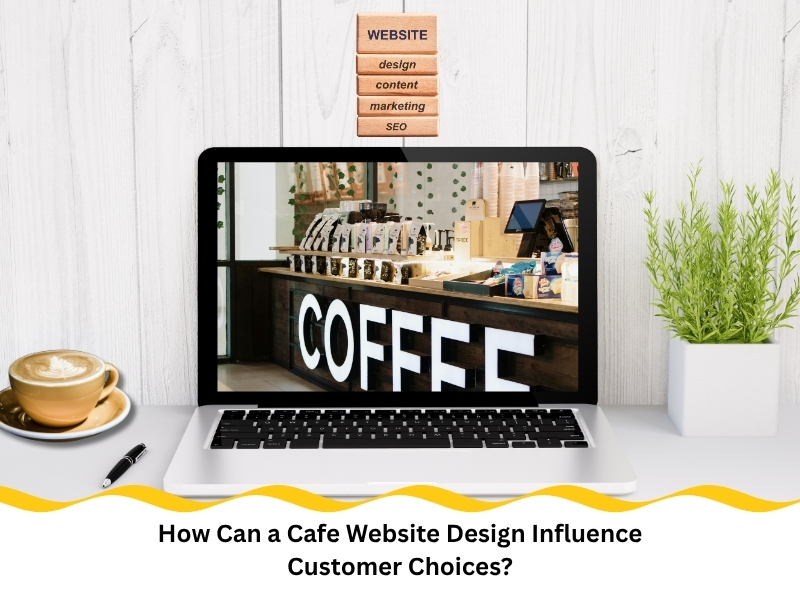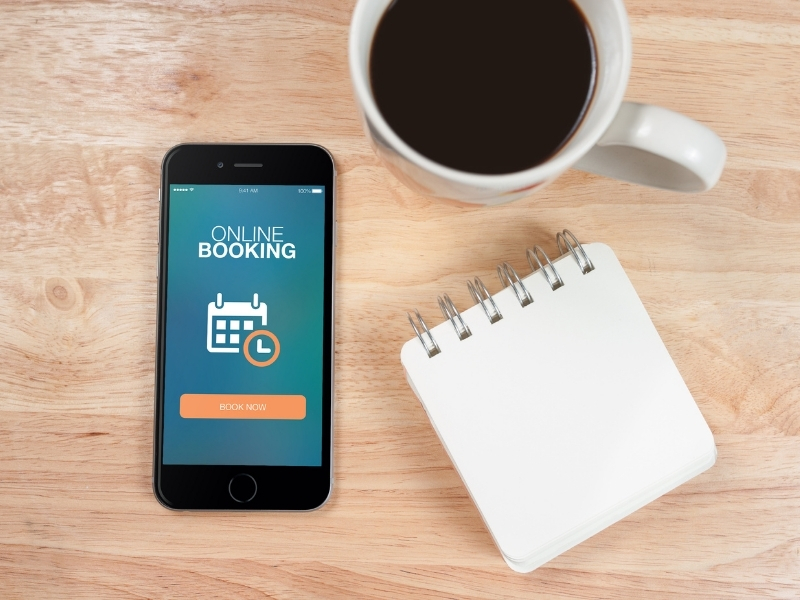How Can a Cafe Website Design Influence Customer Choices?

Do customers judge your café before stepping through the door? Absolutely—and often, your website makes the first impression. A cluttered layout or slow site might cost you orders, while a sleek, functional platform draws more customers to your tables. The truth is, great cafe website design doesn’t just look good—it shapes real decisions. From browsing your menu to booking a table, every feature should support action. This article examines how intelligent design choices foster online engagement and impact customer behaviour in quantifiable ways.
Why is responsive cafe website design essential for mobile users?
Modern customers expect instant access, especially when searching for food on the go. If your website doesn’t adapt, you risk losing their attention and their business.
- The layout scales automatically: A responsive site adjusts to any screen size, reducing user frustration. Whether on a phone, tablet or compact laptop, users see what they need without awkward scrolling.
- Text remains readable: Mobile-friendly fonts ensure visitors don’t have to zoom in just to read a menu. Ensure a strong colour contrast between text and background, so it remains readable even in bright outdoor settings.
- Buttons are easy to tap: Clear, spacious buttons avoid misclicks and make booking or ordering easy. Interactive elements should be spaced to prevent accidental presses on small screens.
- Load times stay fast: Compressed elements and a bright layout keep users engaged, even on slow mobile data connections. A delay of more than three seconds can lead to site abandonment.
Responsive design reduces bounce rates and keeps mobile users engaged. It sets the tone for a great experience.
How can a cafe website design improve online ordering and bookings?

Lost orders and abandoned forms often stem from clunky design. But with thoughtful user flows, you can turn browsers into paying customers.
- Booking options remain visible: Fixed-position buttons for reservations or orders enable customers to act instantly. Whether it’s a “Book Now” or “Order Coffee” button, it should be accessible on all pages.
- Forms ask less: Streamlined forms request only key details, removing friction from the process. Autofill settings and progress bars can further speed up the experience.
- Menu items link directly: Tapping on a dish lets users add it to an order without switching screens. Including a pop-up summary or brief dish detail can also reduce confusion.
- Confirmation feels instant: Subtle animations or pop-up messages give immediate feedback. This reassures customers that their order or booking is being processed correctly.
To refine your approach, explore inspiring ideas to enhance your cafe website’s usability without reinventing the wheel. Fast, intuitive design encourages more bookings and online orders, directly affecting your bottom line.
How can your cafe’s personality shine through smart website design?
Your website should be a digital extension of your venue. When personality shines, customers connect and remember.
- Use rich photography: Highlight your space, staff, and signature dishes with warm, natural images. Avoid using stock photos and opt for behind-the-scenes or in-action shots that capture daily life.
- Choose the right voice: Your copy should match your brand’s vibe—whether quirky, minimalist, homely, or high-end. The tone of voice helps set customer expectations about what they’ll experience onsite.
- Add behind-the-scenes content: Introduce your baristas, roasters, or history to build an emotional connection. “Meet the team” sections humanise your brand and make return visits more likely.
- Highlight values: Show your sustainability choices, community efforts, or sourcing stories. This helps you stand apart from other cafés with similar menus or price points.
Websites with a strong personality foster trust and encourage word-of-mouth referrals.
Design Feature | Expression Benefit | Customer Response |
Colour Palette | Sets emotional tone | Visitors feel mood instantly |
Staff Highlights | Builds personal connection | Increases social shares |
Menu Stories | Adds storytelling layer | Raises curiosity and dwell time |
Photo Galleries | Shows authenticity | Encourages bookings and revisits |
A strong identity online supports a memorable in-store experience.
What are the SEO benefits of having a well-built cafe website?

If your café doesn’t show up in search results, it’s invisible to many potential customers. SEO‑friendly design ensures your website works behind the scenes.
- Clear page titles: Titles with location and cuisine improve local search performance. Including suburb names in your metadata helps target people looking nearby.
- Structured headings: Logical H1s and H2s make it easier for Google to index your content. Each page should have one unique H1 with supporting subheadings.
- Optimised image tags: Descriptive alt text improves accessibility and visibility in image results. Tags should describe both the dish and location when possible.
- Local keywords: Mentioning your suburb or region boosts neighbourhood discovery. Pairing keywords like “Sydney brunch café” with services such as “online booking” strengthens your reach.
SEO tactics help build organic reach and reduce ad dependency. For technical wins, it also helps when following best practice standards for website design to meet current benchmarks. When structure and content align, search performance follows naturally.
Which features improve speed and security for a cafe website?
Speed and safety aren’t optional anymore—both shape user trust. A lagging or unsecured website turns users away instantly.
- Secure hosting and SSL: Visitors feel safe when browsing and submitting data. HTTPS also signals to browsers that the site can be trusted.
- Image compression: Smaller image files improve loading speed without sacrificing quality. Consider next-gen formats like WebP for better efficiency.
- Minimalist design: Clean layouts avoid unnecessary code and speed things up. Avoid heavy themes or excessive animations that stall performance.
- Caching and CDNs: These distribute your content efficiently, even under heavy traffic. They also reduce latency for geographically distant users.
If you’re focusing on designing a user-friendly cafe website, start by optimising these technical foundations. Speed and security quietly boost your credibility and prevent lost bookings.
Can integrated reviews and menus enhance a cafe website’s impact?
Yes—real-time updates and social proof drive decision-making. Outdated menus and missing reviews can reduce trust and interest.
- Embed customer reviews: Real experiences boost trust and influence first-time visitors. Consider including testimonials from both tourists and locals for broad appeal.
- Display dynamic menus: A menu that updates with seasonal items or specials keeps interest high. Include availability info to prevent disappointment.
- Link to third-party platforms: Connect your Google or TripAdvisor profiles for transparency. This adds credibility and gives users confidence that feedback is real.
- Showcase star dishes: Highlighting popular or highly reviewed menu items helps guide decisions. Add labels like “customer favourite” or “most ordered” for visual cues.
Maintenance matters too. To avoid technical hiccups, follow these practical tips to keep your cafe website free of broken links. These updates help create a current and trustworthy experience that improves online conversions.
Final thoughts
Smart cafe website design bridges your digital and physical presence. When done right, it builds trust, drives action, and reflects your café’s unique character—all without feeling pushy or overdone. From booking a table to browsing reviews, every click can guide a customer’s decision. Find out how Nifty Websites Australia supports local cafe marketing by offering tools that blend design with real strategy.
